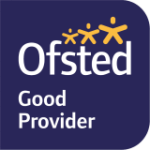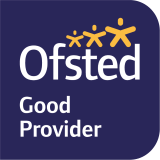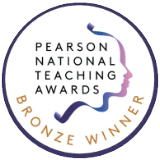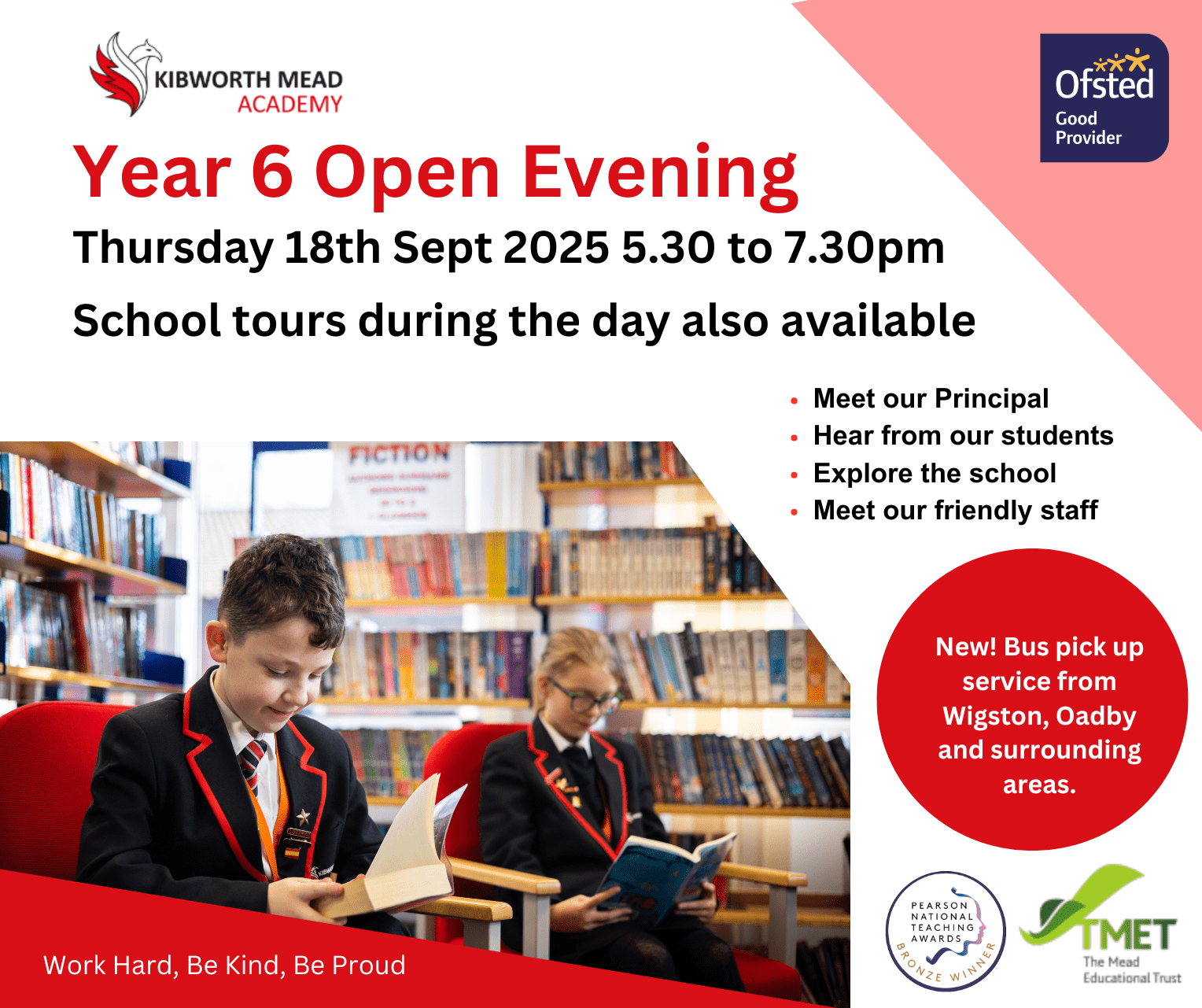Quotes
“The best way to predict the future is to invent it” Alan Kay
“Coding is the language of the future, and every girl should learn it” Reshma Saujani (Founder, Girls Who Code)
“Computer science empowers students to create the world of tomorrow” – Satya Nadella, CEO of Microsoft
Purpose
We aspire to develop our learners to be creators of technology rather than just users; to prepare them for the real age of technology. We are working towards creating a strong curriculum that has a rich, inspiring, challenging, multi-faceted approach to learning about Computer Science. A curriculum that challenges learners to be independent, creative problem solvers as well as critical and reflective thinkers. We want our learners to know how computers work and how it affects their everyday lives and the impact it will have on their futures.
Our Key Stage 3 students benefit from a spiral curriculum. They build on knowledge they have learnt in previous years and deepen their understanding.
In Year 7, our students learn the following topics:
Computer Basics – logging into school network. Understanding the different platforms that we use and getting familiar with it.
Computational Thinking – Students learn the four main concepts on thinking computationally, decomposition, pattern recognition, abstraction and algorithms.
Computer Systems – Students learn about hardware, software and how computers process data.
Impact of Technology – Students learn and discuss the positive and negative impacts of technology and how it affects our daily lives.
Networks – Students learn about the different networks we use on a regular basis and about the internet and how it works.
Programming – Students learn about the Input, Process, Output, Storage model and apply their skills to creating algorithms and programs using a block-based language.
Physical Computing – Students combine their knowledge of computational thinking, algorithms and programming and learn to program a physical device using the Micro: BIT.
In Year 8, our students learn the following topics:
Binary – Students learn about how computers use binary and binary arithmetic.
Computer Systems – Students learn the different types of computer systems and build on their knowledge of hardware and software.
Developing for the Web – Students develop their HTML coding skills and learn how search engines work.
Algorithms – Students begin to delve deeper into different types of algorithms and how to create them.
Programming – Students apply their learning of Computational Thinking and algorithms to start programming in a text-based language. Students build on their Year 7 knowledge of the Input, Process, Output, Storage model and apply it to Python programming.
In Year 9, our students learn the following topics:
Binary and Data Representation – Students learn more advanced binary arithmetic and how binary is used to represent data in the form of images, sound and text.
Network and Security – Students build on their prior knowledge and understand different types of network hardware as well as the threats to networks through cyber security.
Advanced Algorithms – Students learn about the common searching and sorting algorithms that computer systems use to find data.
Programming – Students build on their prior knowledge of python programming and learn how to program using different types of data, comparative and logical operators.
Systems Architecture – Students learn how computers process data and about the Fetch-Decode-Execute cycle.
All our Key Stage 3 students take part in the UK Bebras Challenge in November to develop their computational thinking skills. Students who achieve in the top 10% nationally are invited to take part in The Oxford University Computing Challenge.
All our Key Stage 3 students also have access to iDEA. This is an international award-winning programme that helps students develop their digital, enterprise and employability skills for free. Students can work through to gain a bronze, silver and gold badge.
All our Key Stage 3 homework assignments are set on Quizlet. Students will log in to their Quizlet account and complete the activities that have been identified on their Satchel:One.
Here are some useful websites for Key Stage 3 students:
Quizlet – Learning tools, flashcards, and textbook solutions | Quizlet
UK Bebras – Welcome – UK Bebras
Key Stage 4 features and summary
Students follow the OCR GCSE J277 Computer Science specification.
We use an interleaving approach so that students can make clear connections between different elements of the specification to deepen their understanding and build knowledge.
Students will be provided with the following to help support their progress in GCSE Computer Science:
- CGP Revision Guide
- CGP Python Programming Book
- CGP Exam Practice Booklet
- Smart Revise License
- Cornell Notebook
Students will have access to Smart Revise which is what is used on a weekly basis to help students with their revision and knowledge retrieval. Students should be encouraged to use this on average 30 minutes a week outside of any homework given.
Students will be given key videos to watch and be asked to make notes in their Cornell Notebooks. This will allow students to have a basic understanding of the lesson content so that we are able to progress onto the more challenging aspects of the topic. Students must take pride in their work and ensure their homework is completed to a high standard.
KS4 curriculum map & knowledge organisers
Assessment and feedback
Students are regularly assessed in lessons through a range of in-class summative assessments as well as formative assessments which are used to track their progress.
The OCR GCSE Computer Science course has two exams. Both exams are 80 marks and is worth 50% of the overall GCSE mark.
J277/01 Computer Systems covers:
- Systems architecture
- 2 Memory and storage
- 3 Computer networks, connections and
- protocols
- 4 Network security
- 5 Systems software
- 6 Ethical, legal, cultural and environmental
- impacts of digital technology
J277/01 – Computational Thinking, Algorithms and Programming covers:
- 1 Algorithms
- 2 Programming fundamentals
- 3 Producing robust programs
- 4 Boolean logic
- 5 Programming languages and Integrated
- Development Environments
Exam Board
J277 – OCR GCSE Computer Science (9-1)
Specification Link – GCSE (9-1) Computer Science J277 Specification (ocr.org.uk)
Useful websites and resources
J277 Specification – GCSE (9-1) Computer Science J277 Specification (ocr.org.uk)
Smart Revise – Smart Revise Online Home – Smart Revise
Computing101 – 101 Computing – Boost Your Programming Skills!
Craig and Dave Videos – GCSE OCR J277 Computer Science Videos – Craig ‘n’ Dave | Students (craigndave.org)
Isaac Computing – GCSE topics — Isaac Computer Science
Co-curricular opportunities
Add opportunites
Stretch and challenge opportunities
Visit: www.phoenix.org.uk
Watch: www.bfi.org.uk
Read: www.theguardian.com
Homework
Students will have access to Smart Revise which is what is used on a weekly basis to help students with their revision and knowledge retrieval. Students should be encouraged to use this on average 30 minutes a week outside of any homework given.
Students will be given key videos to watch and be asked to make notes in their Cornell Notebooks. This will allow students to have a basic understanding of the lesson content so that we are able to progress onto the more challenging aspects of the topic. Students must take pride in their work and ensure their homework is completed to a high standard.
Revision advice
Use the quiz and definitions feature on Smart Revise for a minimum of 30 minutes on a weekly basis. Use the topic filter to test yourself on the areas you need to work on.
Read through your Cornell Notes and test yourself on the key words and their meaning regularly.




